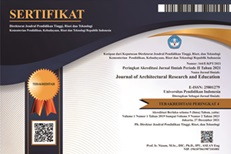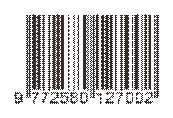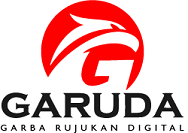CHARACTERISTIC STUDY OF CONTEMPORARY ARCHITECTURE IN VERTICAL FORESTS IN THE CONCEPT OF GREEN BUILDINGS (Case study by Stefano Boeri's Architectural Work)
Abstract
Keywords
Full Text:
PDFReferences
Boeri, S., & Insulza, F. (2010). The vertical forest and new urban comfort.
Goud, R., Chauhan, NK, Lokhande, H., Bohre, S., Kochar, Y., Soni, M., & Pathak, A. (2018). Vertical Forest in multistory residential cum commercial to eliminate pollution by hydroponic method. int. J.Eng. Res. Adv. Technol, 4, 72-78.
Gunawan, DEK, & Prijadi, R. (2011). Reactualization of Variety of Art Deco in Contemporary Architecture. Matrasain Media, 8(1).
Hapsoro, NA (2020). Evolution of architectural science. Lakar: Journal of Architecture, 3(01).
Kats, G. (2003). Green building costs and financial benefits.
Nuryanto, E. (2020). Utilization of Environmentally Friendly Wood Materials in Buildings Based on the Regulation of the Minister of Public Works and Public Housing Number 02/Prt/M/2015 Concerning Green Buildings Jo. Regulation of the State Minister for the Environment Number 08 of 2010 concerning Criteria and Certification of Environmentally Friendly Buildings and Their Implementation for Buildings in the City of Bandung.
Pribadi, M., Septina, A., Lugina, M., & Indartik, I. (2021). Vertical forest: alternative green open space in urban area development. Paper presented at the IOP Conference Series: Earth and Environmental Science.
Sudarwani, MM (2012). Application of green architecture and green building as an effort to achieve sustainable architecture. Dynamics of Science, 10(24).
DOI: https://doi.org/10.17509/jare.v5i1.55710
Refbacks
- There are currently no refbacks.
Copyright (c) 2024 Journal of Architectural Research and Education

This work is licensed under a Creative Commons Attribution-NonCommercial-ShareAlike 4.0 International License.

This work is licensed under a Creative Commons Attribution-ShareAlike 4.0 International License.








